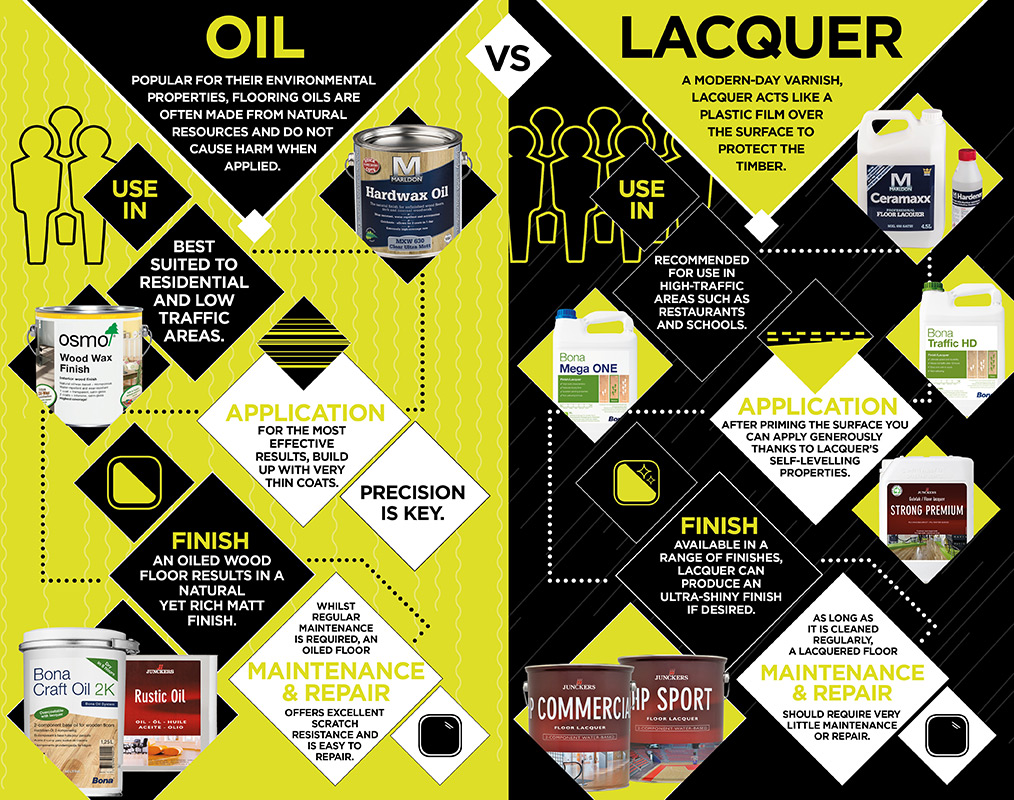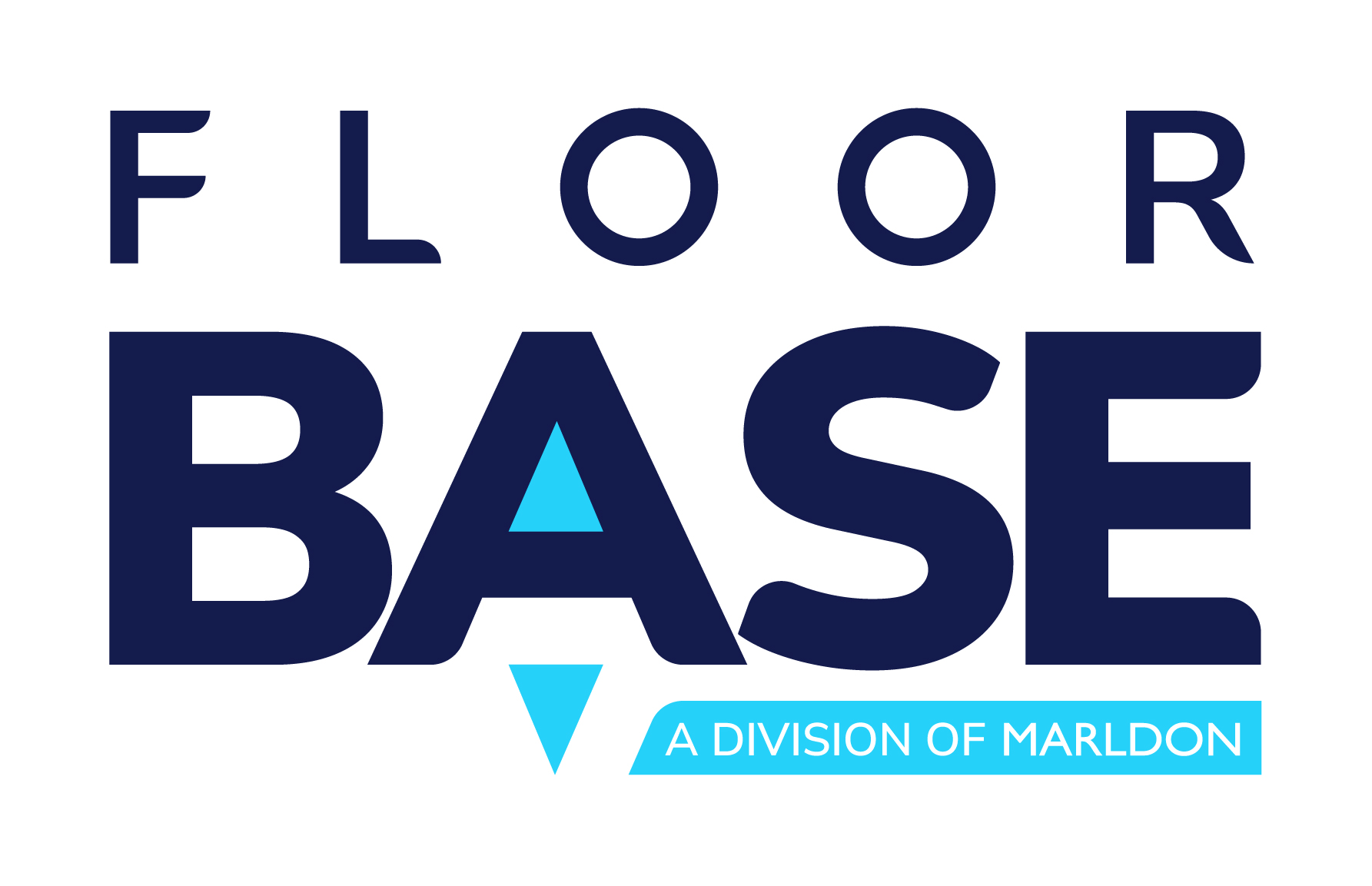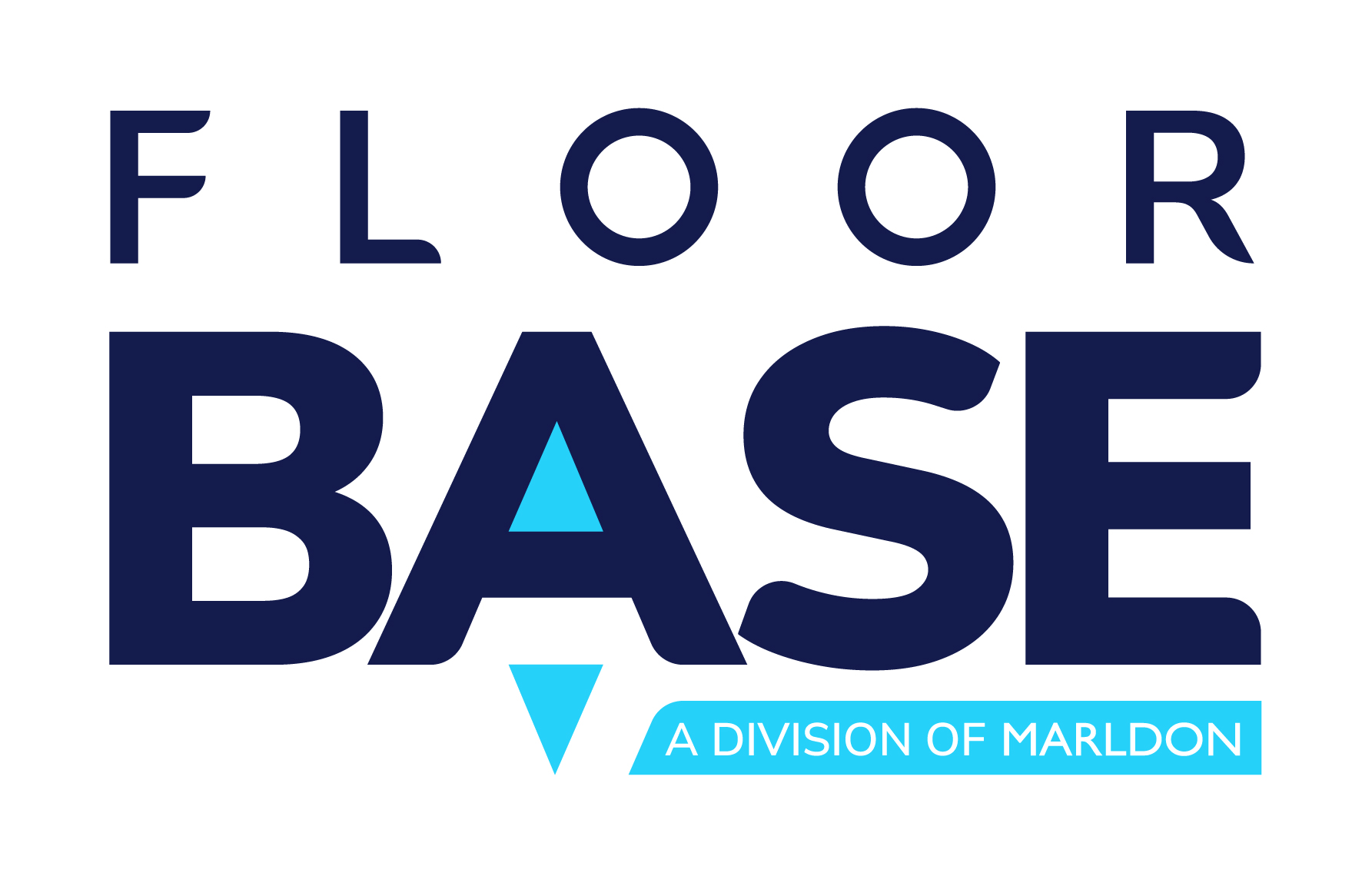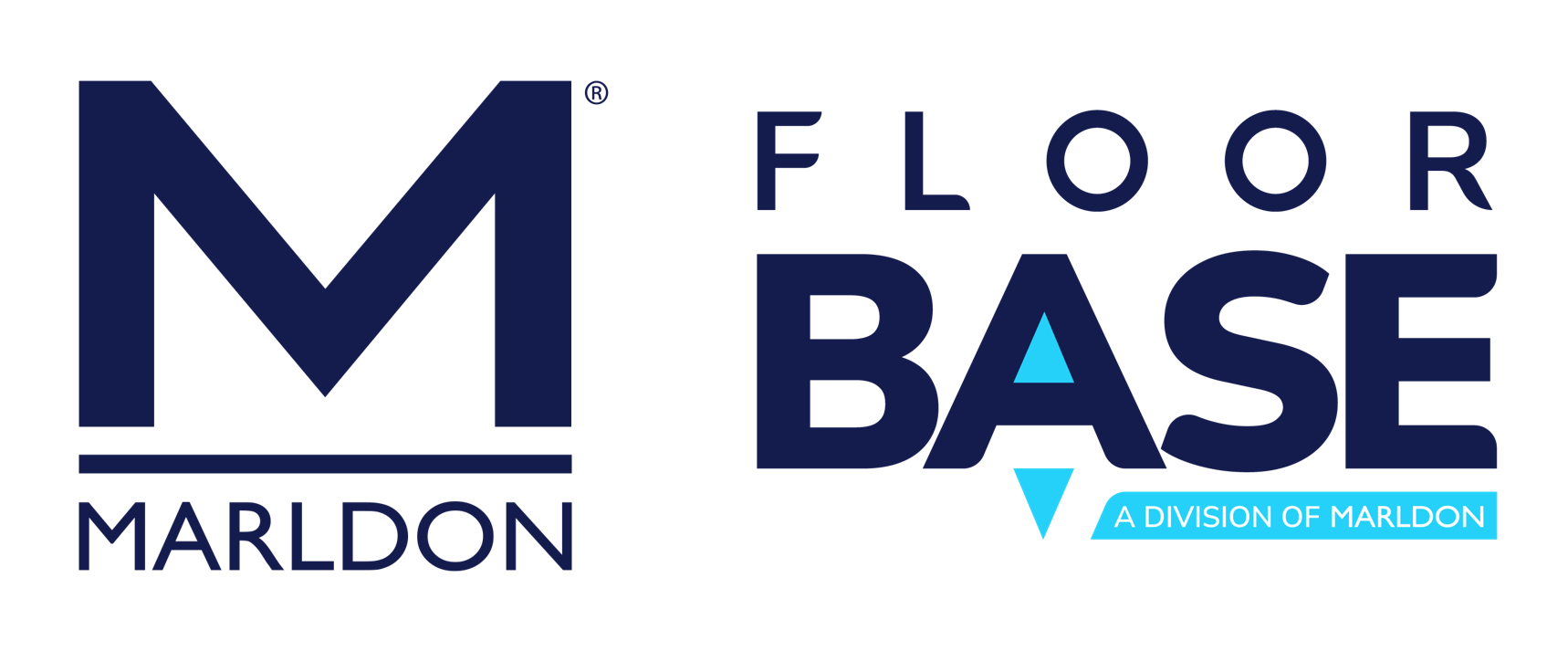Oiled vs Lacquered Floor - Everything You Need to Know

It goes without saying that the finish of a hardwood floor installation is extremely important. Of course, we all know that quality prep and installation methods are the backbone of any job, but the finish is often the main thing your customer is interested in, so it must be right.
How do you make your decision on whether to use lacquer or oil? Is it aesthetics? Ease of application? Maintenance? Protection? Well, here’s our guide to hopefully make that decision a little easier and of course give you some hints and tips on application.
LACQUERS
Wood floor lacquer is a modern version of varnish. It acts as a plastic film over the surface to protect the timber whilst enhancing the natural grain and colour, but is it the best option for your job? Here’s some more information that might help you make your decision:
Use in
High traffic areas such as restaurants, hotel receptions, schools and retail stores.
Application
For the best results, always use a primer before applying a lacquer! This ensures that the first coat of lacquer doesn’t soak straight into the timber and allows it to sit nicely on top, as well as producing a soft and flexible coating to protect against any potential side bonding. It’s self-levelling properties mean that you can apply it generously without worrying too much about precision – saving you time and making those bigger jobs that bit easier. It will look white and milky on application but don’t worry, once dry it will look completely different.
Finish
If your customer is looking for a bit of a shine to their wood floor then lacquer is definitely the choice for you. Usually available in Extra Matt, Matt and Satin, you can choose a slightly different finish dependent on the preferred sheen level.
Maintenance & Repair
If easy maintenance is high on your agenda, we’d recommend using a lacquer rather than an oil. With regular cleaning using something like the Bona spray mop or Marldon spray mop and advanced cleaning kit, the lacquered floor will require very little additional maintenance unless it gets damaged.
Repairing a scratch or dent in a lacquered floor is a slightly trickier process. As the lacquer acts as a film over the surface of the floor, once it has been scratched or damaged it’s a case of sanding back that area and replacing the lacquer whilst trying to blend it with the existing surface.
Recommended Products
Marldon Ceramaxx, Bona Traffic HD, Bona Mega One, Junckers Strong Premium, Junckers HP Sport, Junckers HP Commercial
OILS
The more traditional method of using wax to finish and protect wood floors has now become a thing of the past due to its labour intensive nature and has been replaced with oils and Hardwax Oils. The use of oils over lacquers is sometimes preferred because of its environmental properties, often made from natural resources and not harmful to the environment when used. Find out a bit more about oiled floors here to help make your decision on whether it’s the best method for you:
Use in
Residential and low traffic areas. Some people may prefer the finish of an oiled floor in a commercial or high traffic area which is fine, but be prepared for a lot of required maintenance to keep the desired look.
Application
Precise application is key with all oils and hardwax oils. It’s very important only to apply in very thin coats - applying too much is a costly mistake with the only thorough solution being to sand back the patchy surface and start again – no one wants that! The beauty of an oil is that it soaks into the natural grain of the wood to give full protection, so working a controlled amount of oil in to the surface is paramount rather than leaving it sitting on top.
Finish
Oiling a wooden floor uses the grain of the wood to achieve a natural and rich finish. Where a lacquer will create a shine on the surface, an oil maintains a matt finish whilst protecting the wood on the surface and deeper into the core. Looking to add a different colour to the floor? With a variety of coloured oils available, you can achieve your desired look.
Maintenance & Repair
An oiled floor requires much more maintenance than a lacquered floor and needs replenishing on a regular basis. Although not as hardy against foot traffic and wear, an oiled floor has excellent scratch resistance and, unlike a lacquered floor, is easy to repair if needed.
Recommended Products
Marldon Hardwax Oil, Osmo Wood Wax Finish, Bona Craft Oil 2K, Junckers Rustic Oil

DO YOU NEED TO KNOW MORE?
We’ve given you the key points of using oils and lacquers on your wood floor to help you make a decision on what’s best for job. If there’s anything else you need to know, more specific to your requirements, give our Technical Team a call on 01772 696600 and they’ll be happy to help.





